
Essential Indoor Plants Guide: Grow Greenery Successfully
Published: 28/09/2024 | Updated: 23/09/2024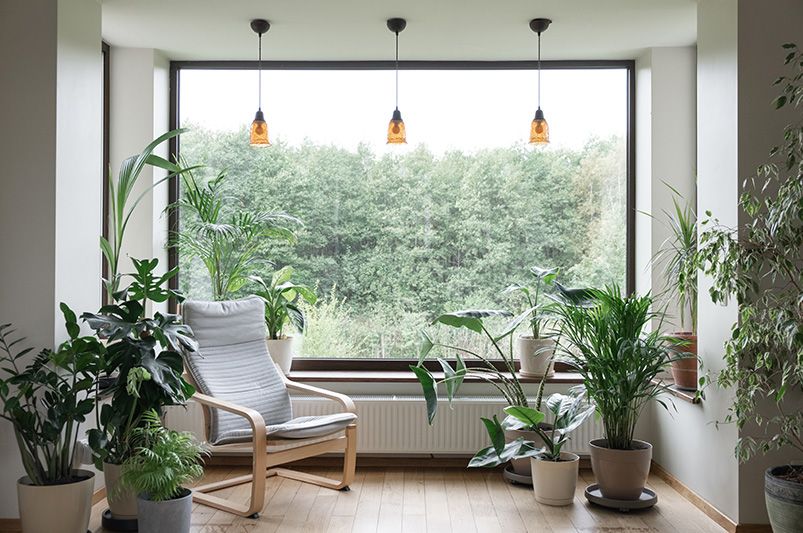
Key Highlights
- Discover the joys of indoor gardening and enhance your home environment with the beauty of nature.
- Learn about popular low-light indoor plants like the snake plant, ZZ plant, and spider plant that are perfect for beginners.
- Explore the basics of plant care, including watering, lighting, and repotting, to keep your indoor greenery thriving.
- Find answers to frequently asked questions about indoor plant care, such as watering techniques and air quality improvement.
- Transform your living spaces with easy-to-care-for indoor plants that complement your interior design.
Introduction
Bringing the outdoors into your home is very popular now. Adding indoor plants can make your space look better and feel more welcoming. No matter if you have a big living room or a small corner, there is an indoor plant that fits your style and experience level.


Exploring the Essentials of Indoor Greenery for Beginners
For anyone just starting with indoor gardening, picking the right plants is important. You also need to know what each plant needs to grow well. Many indoor plants are strong and can adapt, which is great for new gardeners.
This guide will show you some popular indoor plants that are easy to care for. They can do well in different settings. We will share helpful tips on plant care so you can build a beautiful indoor space.
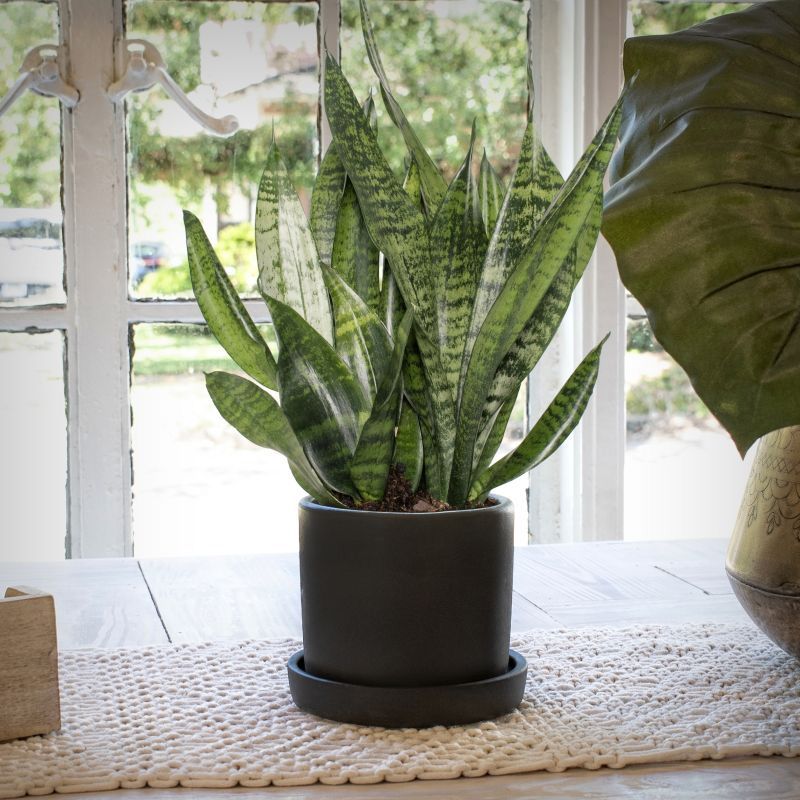
1. The Resilient Snake Plant: A Perfect Start
The snake plant (Sansevieria spp.) is known for its tall, beautiful leaves and ability to clean the air. It thrives in low light and can handle different lighting conditions. It doesn’t need a lot of water, making it great for beginners or busy people.
This plant comes from dry areas in Africa. It has learned how to store water in its thick leaves. This helps it survive when there is little water available. Just let the soil dry fully between waterings. Be careful not to overwater, as this can cause root rot. Its easy care and good looks make the snake plant a great choice for any indoor space.
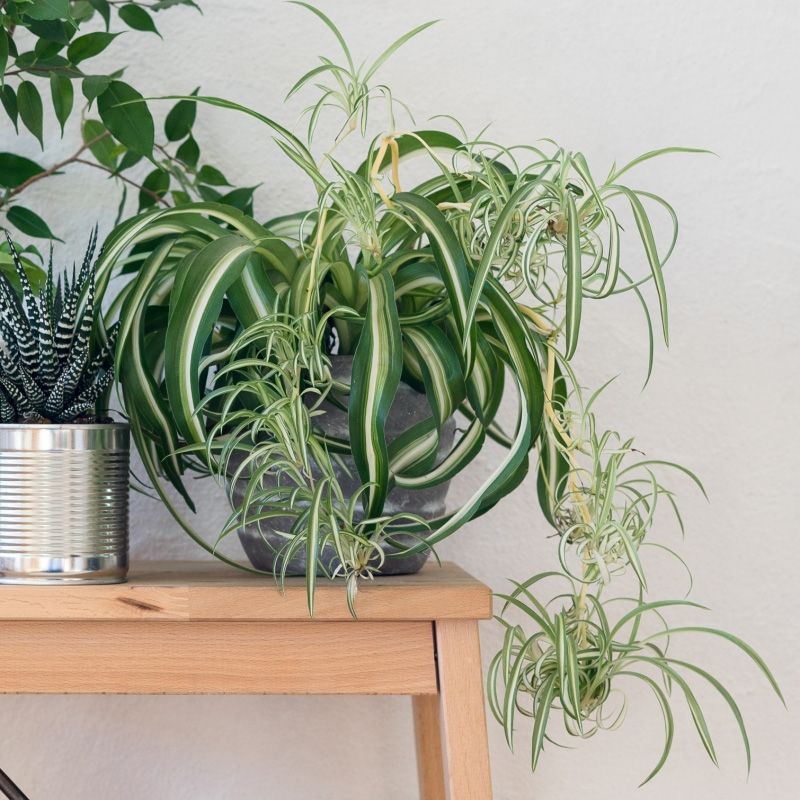
2. The Forgiving Spider Plant: Ideal for the Forgetful Gardener
The spider plant (Chlorophytum comosum) is a great choice if you want a plant that is hard to kill. It can also help clean the air in your home. These plants are popular for their ability to adapt. They have small baby plants called spiderettes that hang down from the main plant.
Spider plants like bright, indirect light but can also do well in lower light. Water them when the soil feels dry. You should fertilize them now and then during the growing months.
With its ability to handle some neglect and its air-cleaning skills, the spider plant is perfect for any home or office.
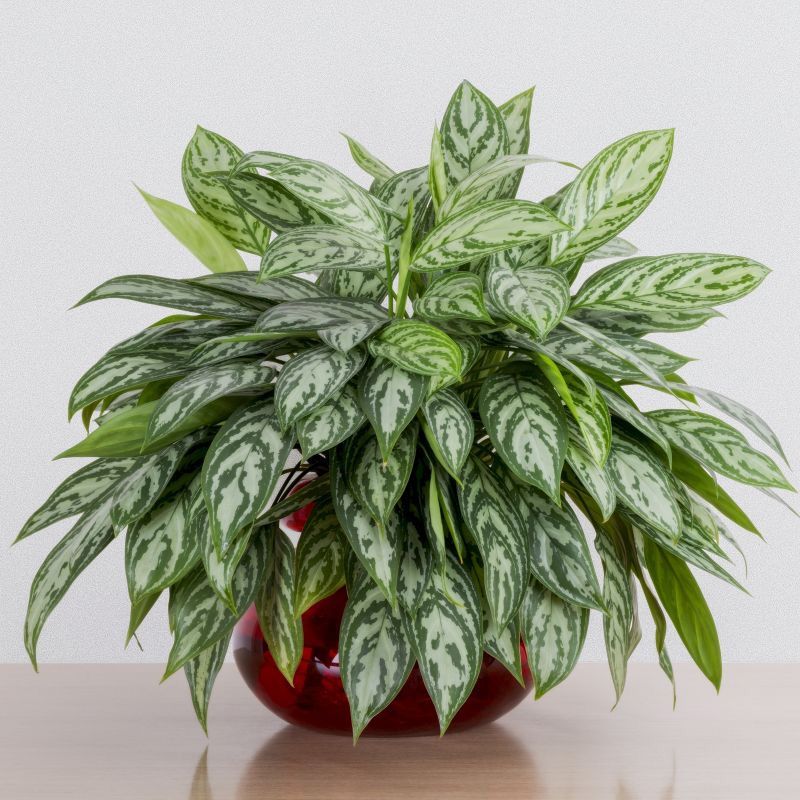
3. Aglaonema Maria: Adding Elegance with Easy Care
Aglaonema Maria, is a popular ornamental plant with attractive green and silver variegated leaves. It is a low-maintenance plant that thrives in low to moderate light conditions and requires minimal watering. Aglaonema Maria is perfect for adding a touch of tropical beauty to indoor spaces, making it a favorite among houseplant enthusiasts.
Aglaonema Maria prefers bright, indirect sunlight. It should not be exposed to direct sunlight as this can cause the leaves to burn. It can also tolerate low lighting conditions, but colors may fade and growth may slow down.
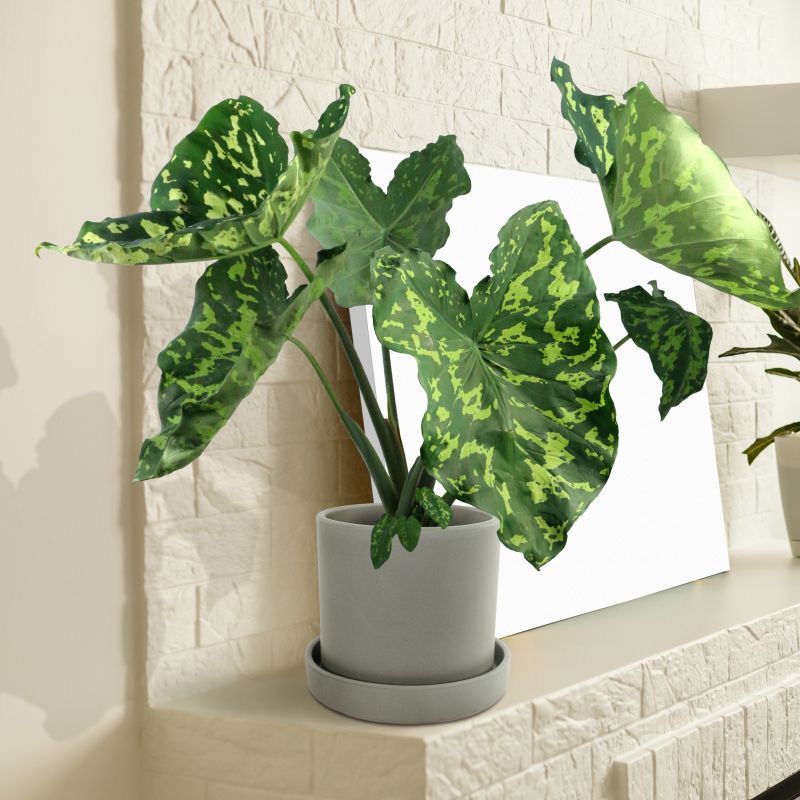
4. Alocasia Hilo Beauty: Helps Purify the Air
Alocasia Hilo Beauty is a stunning tropical plant known for its large, glossy leaves with prominent veining. This plant, also known as Alocasia praetermissum Hilo Beauty, is a compact variety that is perfect for indoor spaces. It thrives in bright, indirect light and well-draining soil. With proper care, this Alocasia can add a touch of tropical elegance to any room.
Alocasia Hilo Beauty thrives in bright, indirect sunlight. It is best to place the plant near a window where it can receive filtered sunlight throughout the day. However, direct sun exposure should be avoided as it can scorch the delicate leaves of the plant.
Alocasia Hilo Beauty requires consistently moist soil but is sensitive to overwatering. It is recommended to water the plant when the top inch of soil feels dry. Mist the leaves regularly to increase humidity levels and prevent leaf browning.
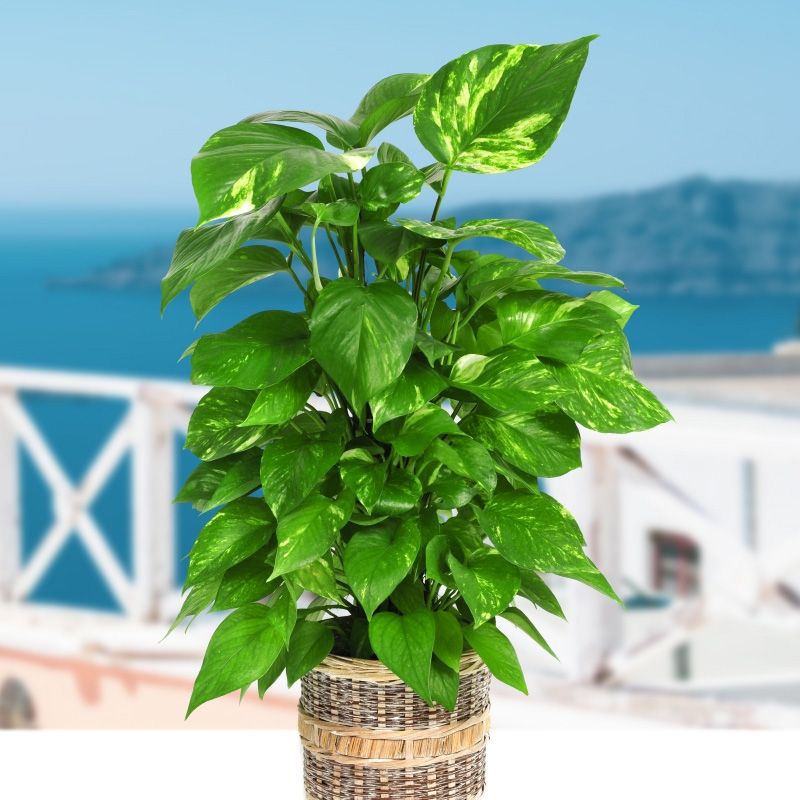
5. Pothos 'Varigated': Hardy and Easy Care
Pothos 'Variegated' is a popular houseplant known for its heart-shaped leaves with striking variegation. This plant is easy to care for, thriving in a variety of indoor conditions. It can tolerate low light and irregular watering, making it perfect for beginners or those with busy schedules. Pothos 'Variegated' adds a touch of greenery and color to any room.
Pothos 'Variegated' requires bright, indirect sunlight. It can also tolerate low light conditions, but its variegation may become less pronounced. Avoid direct sunlight, as it can cause the leaves to burn. Pothos 'Variegated' is a low-maintenance plant that requires watering when the top inch of soil is dry. It is important to not overwater, as this can lead to root rot. Water thoroughly, allowing excess water to drain out of the pot.
Conclusion
Indoor plants add beauty and benefits to your home easily. The strong Snake Plant and the pretty Peace Lily are just two of many plants that can make your space special. These plants are simple to care for, whether you are just starting out or have been gardening for a long time. They help purify the air and can make you feel happier. Begin your indoor gardening journey today and enjoy creating your green oasis. You can also share your love for indoor plants on social media to inspire others to start their own gardening adventures.
Frequently Asked Questions
What is the Best Way to Water Indoor Plants?
The best way to water most houseplants is to keep from overwatering. Too much water can cause root rot. Check the soil to see how wet it is. When the top inch feels dry, water it well. You can use a glass of water to measure how much you need. This can help you avoid overwatering.
How Often Should I Repot My Indoor Plants?
Most houseplants need repotting every 1 to 2 years. There are signs to look for that show your plant needs repotting. If you see roots going around the pot, slow growth, or if water drains quickly from the holes at the bottom, your plant may need to be repotted.
Can Indoor Plants Improve Air Quality?
Some indoor plants can make your home's air better. Spider plants, aloe vera, and English ivy are good examples. They help get rid of common toxins and add oxygen to the air.
What Are Some Tips for Beginners Starting with Indoor Gardening?
For successful indoor gardening, pick easy-to-care-for, beginner-friendly plants like spider plants, snake plants, or ZZ plants. Make sure to water them correctly and give them enough light to grow well.


